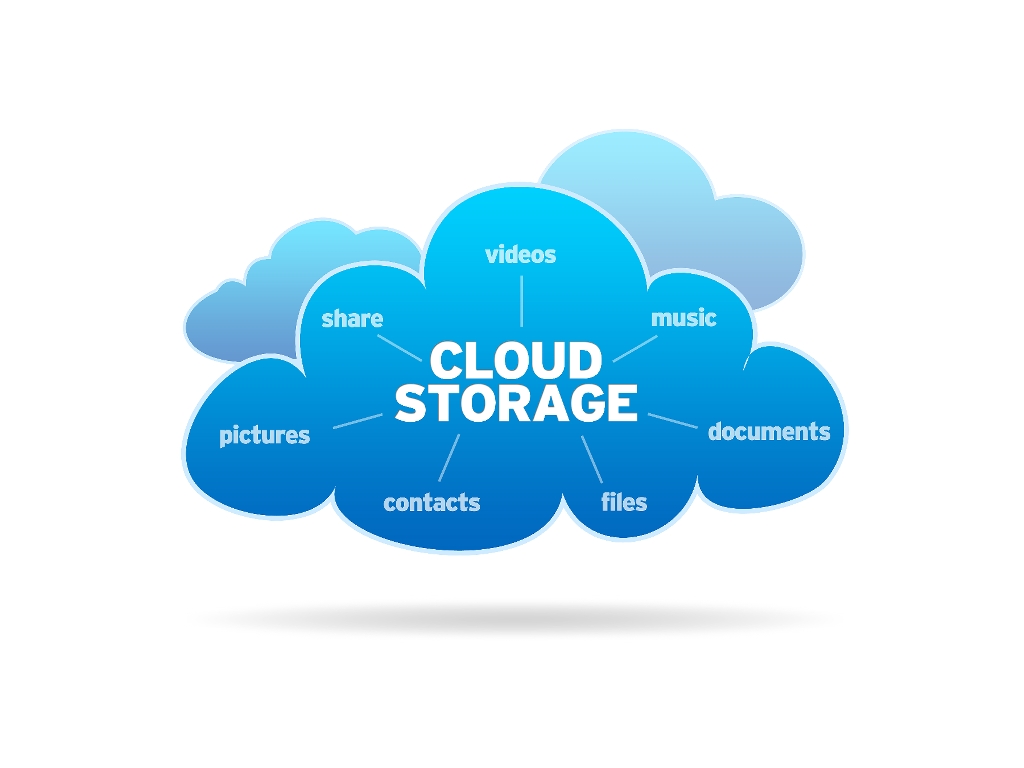Having started in September 2008, Dropbox today is a leading cloud storage provider (CSP). It has over a 100 million signed free users and about 4 million paid users (4% conversion rate as quoted often by Houston). Assuming the lowest payment tier (100GB at $99 per year), this translates into annual revenue of about $400 million. Based on Amazon S3 costing and estimates of Dropbox employee costs, the EBITDA works out to $250 million. Its costs are always going down and its revenues are always going up. The company is valued at $ 4 billion. Dropbox is making money hand over fist. Right? But consider this –
It now has more than ten competitors several with deep pockets e.g., Amazon CloudDrive, Apple iCloud, Google GoogleDrive, Microsoft Skydrive, Box, Spideroak, Ubuntu One, MediaFire, Mega. Its other competitors, purely in enterprise space include HP Cloud Objects, Rackspace etc.
Dropbox offers the smallest free quota – 2GB plus referral bonus. All its competitors offer 5GB or more (Skydrive -7GB, MediaFire and Mega – 50 GB).
Dropbox pricing is probably the highest ($99 for 100GB). For same capacity, competitor prices are much lower –CloudDrive ($50), GoogleDrive ($60), Skydrive ($50). Box ($480), iCloud ($160). Spideroak ($100) have a higher pricing but have more powerful features (see below).
Dropbox is merely a folder service. Its competitors have other value-adds and lock-in mechanisms. For example, iCloud allows streaming of music, apps, books, and TV shows you purchase from the iTunes store, Google and Microsoft have GoogleDocs and Office WebApps respectively. Documents created through these apps do not count towards the drive quota. Box is designed more as a business-collaboration and work-flow solution that a CSP. SpiderOak is the only service that offers data encryption before your data hits their servers. Perhaps, acquisition of AudioGalaxy should enable Dropbox with music streaming feature.
The giants like Apple, Google, Amazon and Microsoft see storage as a way to lure customers into their respective cloud and then “upsell” them on higher-level and more profitable services that they have in the portfolio. They have been aggressive in launching or responding to price cuts from competitors. Dropbox cannot win against these Goliaths in the theatre of feature and price wars.
The Dropbox differentiator was the near seamless experience backing up and syncing files to cloud on multiple platforms. That differentiator is rapidly evaporating with the competitors catching up. Moreover, what happens if all your files are already in the cloud for example music (iCloud, Spotify), Documents (GoogleDocs, Office 365), Pictures (Instagram) and so on. There are umpteen such scenarios that make Dropbox redundant.
I am sure Dropbox product managers are having sleepless nights. Do you have a product strategy and roadmap for Dropbox’s future?


